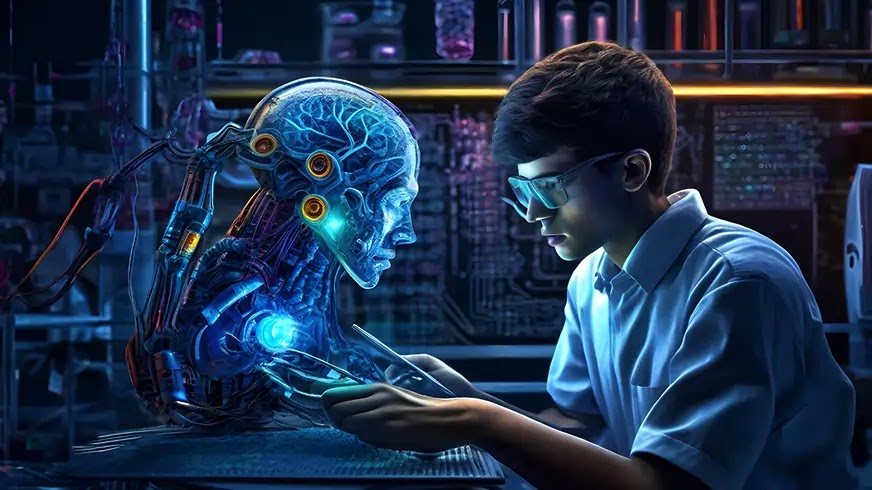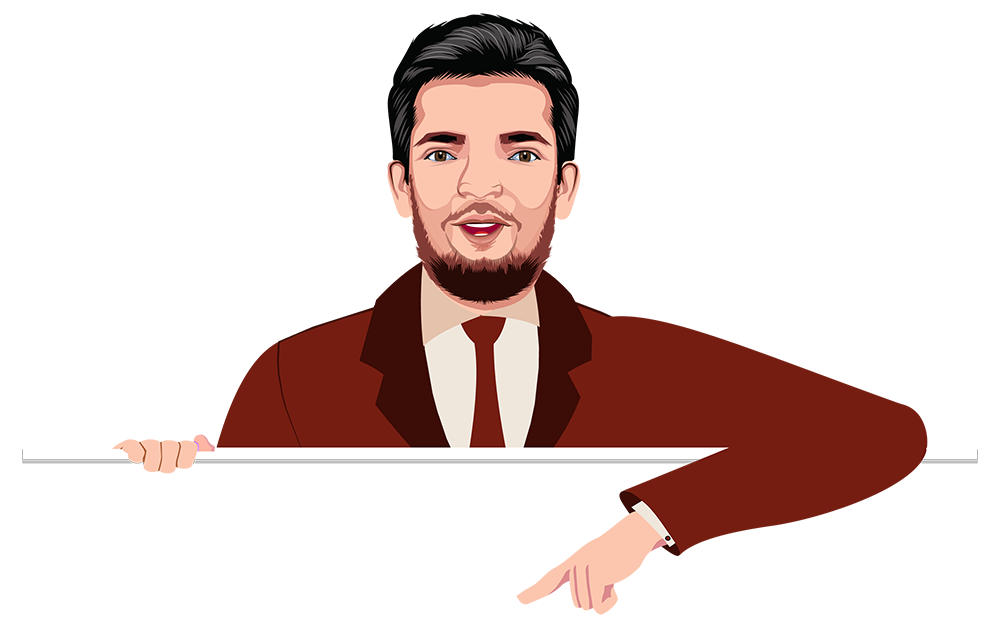

The advertising world is undergoing a massive transformation — and Generative AI is at the heart of it. What was once a futuristic idea is now a mainstream tool reshaping how brands create, test, and personalize video ads at scale.
In 2025, many top global brands — from Coca-Cola to Cadbury — are already leveraging AI to craft hyper-personalized, cost-effective, and highly engaging campaigns. These brands aren’t just experimenting; they’re redefining how storytelling and technology can merge to capture audience attention like never before.
Let’s explore some real-world case studies of how brands are using generative AI for video ads — and what lessons every marketer can learn from them.
What Is Generative AI in Video Advertising?
Generative AI refers to AI systems capable of creating original content — such as video scripts, animations, voiceovers, or visual effects — using algorithms trained on large data sets.
In advertising, it’s used to:
- Produce personalized ad variations quickly
- Reduce production costs
- Improve ad performance through predictive insights
- Enable data-driven creativity, blending human imagination with AI automation
In short, generative AI helps marketers create more relevant, faster, and smarter video ads — without compromising creativity.
1. Coca-Cola: “Create Real Magic” Campaign
🎬 Overview
In one of the most talked-about AI campaigns, Coca-Cola partnered with OpenAI and Bain & Company to launch its “Create Real Magic” campaign. This initiative invited consumers to generate custom artwork and short video ads using AI tools like DALL·E and ChatGPT based on Coca-Cola’s classic branding elements.
🚀 How They Used Generative AI
- Users entered prompts to generate unique Coca-Cola-themed images and motion clips.
- The best submissions were turned into real video ads featured on Coca-Cola’s digital platforms.
- AI also helped Coca-Cola personalize its global video campaigns for different regions, languages, and cultural nuances.
💡 Lesson Learned
Generative AI can turn audiences into co-creators. By allowing consumers to participate in the creative process, Coca-Cola strengthened brand loyalty and built emotional engagement — proving AI doesn’t replace creativity; it enhances it.
2. Cadbury: AI-Powered “Shah Rukh Khan-My-Ad” Campaign
🎬 Overview
Cadbury India (Mondelez) launched a groundbreaking campaign called “Shah Rukh Khan-My-Ad” during Diwali, powered by Generative AI and machine learning. The goal? Help small businesses promote themselves with the voice and face of Bollywood superstar Shah Rukh Khan — without shooting thousands of custom videos.
🚀 How They Used Generative AI
- The AI generated personalized video ads for thousands of small retailers, using SRK’s likeness and voice.
- Each store owner could insert their own shop name, and AI seamlessly adjusted the video ad accordingly.
- The result: hyper-local, celebrity-endorsed ads for businesses that could never afford traditional production.
💡 Lesson Learned
AI democratizes advertising. It allows local and small businesses to access big-brand creativity without massive budgets. Cadbury showed that personalization, when powered by AI, can build nationwide emotional connections at scale.
3. Nestlé: AI for Nostalgic Storytelling
🎬 Overview
Nestlé used generative AI to revive its classic campaigns — especially for its sub-brands like Nescafé and KitKat. By feeding old ad footage and brand archives into AI systems, Nestlé was able to create modern remakes of vintage campaigns tailored for Gen Z audiences.
🚀 How They Used Generative AI
- The AI analyzed decades of Nestlé advertising footage to recreate nostalgic ad sequences.
- AI-generated scripts and visuals modernized the message while maintaining the emotional tone of the original.
- The campaign ran across social media and streaming platforms as short, emotionally engaging video ads.
💡 Lesson Learned
Generative AI isn’t just about new creativity — it can also revive legacy storytelling. Nostalgia, powered by AI modernization, can connect older brand values with younger audiences in fresh ways.
4. Nike: Hyper-Personalized Fitness Ads
🎬 Overview
Nike has been using AI in advertising for years, but recently it integrated generative AI video tools to produce personalized ad content for its Nike Run Club and Nike Training Club users.
Each user receives ads or video snippets tailored to their interests, performance data, and even local weather conditions.
🚀 How They Used Generative AI
- AI systems analyzed user fitness data, preferences, and geolocation.
- The system then generated dynamic video ads that addressed the individual user’s journey — such as motivational content based on their goals or reminders linked to past purchases.
💡 Lesson Learned
Generative AI can transform customer data into storytelling. Personalization isn’t just about inserting names into emails anymore — it’s about creating unique video experiences for every user, making brands feel truly personal.
5. Maybelline: Virtual Influencers and AI-Generated Video Ads
🎬 Overview
Maybelline embraced AI-generated influencers and video ads to expand reach among digital-native audiences. Instead of hiring multiple influencers, the brand built a virtual influencer persona using generative AI that starred in makeup tutorials, product demos, and even social media ads.
🚀 How They Used Generative AI
- The AI-created virtual influencer interacted with real users through short-form video ads.
- Each ad could be automatically tailored to match viewer preferences, language, or local beauty trends.
- The campaign saw strong engagement on TikTok and Instagram, particularly among Gen Z users.
💡 Lesson Learned
Generative AI allows brands to explore new creative identities — from virtual influencers to synthetic brand ambassadors. It’s a way to scale creative presence without relying on traditional models or high-cost shoots.
6. Lexus: The “Driven by Intuition” Ad Scripted by AI
🎬 Overview
Lexus created a short film titled “Driven by Intuition”, written entirely by AI. The AI system analyzed 15 years of award-winning car ads and combined that data with emotional storytelling patterns to produce a unique script.
🚀 How They Used Generative AI
- The AI studied what emotional and visual elements make successful car ads.
- Human directors then executed the script while keeping the AI-generated narrative intact.
- The final ad felt cinematic yet distinctly data-informed.
💡 Lesson Learned
AI can inspire human creativity rather than replace it. The campaign showcased how humans and machines can collaborate — where AI provides structure and insight, and humans add emotion and artistry.
What Marketers Can Learn from These Case Studies
From Coca-Cola’s consumer co-creation to Cadbury’s AI personalization, these campaigns highlight several key takeaways:
✅ 1. AI Enhances Creativity, Not Replaces It
Generative AI is a creative assistant, not a competitor. It handles the heavy lifting — from ideation to production — so human creators can focus on strategy and storytelling.
✅ 2. Personalization Is the Future of Engagement
Whether through localized ads or fitness-based personalization, the future of advertising lies in making every viewer feel the message is “made just for them.”
✅ 3. Data + Emotion = Impact
The most effective AI-powered ads blend data insights with emotional storytelling. AI can predict what resonates, but humans make it heartfelt.
✅ 4. Accessibility and Efficiency
Generative AI makes high-quality advertising affordable for small businesses, allowing brands of all sizes to compete creatively.
Conclusion
Generative AI is not a passing trend — it’s the new creative engine driving modern advertising. As these real-world examples show, the best results come when brands combine human creativity with AI efficiency.
At PicassoMultimedia, we believe the future of video advertising belongs to marketers who can master both — using AI not to replace their vision, but to amplify it.
The next generation of ads won’t just be seen — they’ll be co-created, personalized, and powered by AI innovation.

